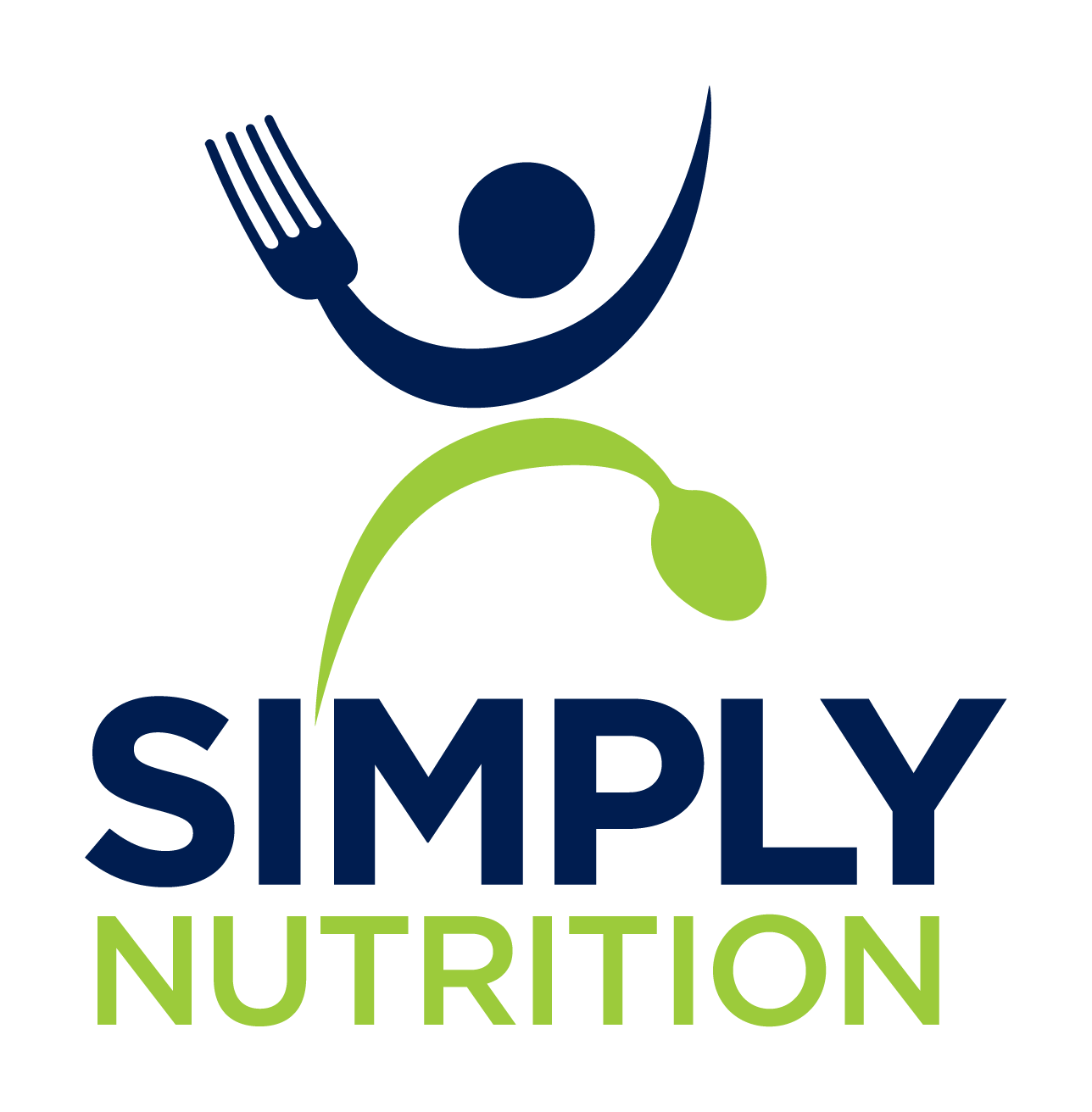Using the Ellyn Satter Approach: Feeding Children
Posted on April 18, 2016 at 8:51 pm | General Wellness | simplynutrition
As a parent, it can be challenging to know what your responsibilities are when it comes to your child’s eating. Today I am going to discuss Ellyn Satter’s Division of Responsibility in Feeding. If you haven’t already, I recommend reading her book Your Child’s Weight Helping Without Harming. Her guidelines provide a way to create a positive relationship between you are your child.
Ellyn is a Registered Dietitian Nutritionist and Family Therapist. She created the Satter Feeding Dynamics Model and the Satter Eating Competence Model. The gold standard for feeding children comes from her book Division of Responsibility in Feeding. To say the least, she knows what she is talking about when it comes to feeding children.
We often underestimate what children are capable of doing. This can lead to trying to control your child’s eating, but too much control can lead to a negative relationship between the parent and child. So how do we find balance when feeding children? The following lists break down what the parent’s responsibility is and what the child’s responsibility is:
Ellyn classifies the following as the Parent’s Feeding Jobs:
- Choose and prepare the food
- Provide regular meals and snacks
- Make eating times pleasant
- Step-by-step, show children by example how to behave at family mealtime
- Be considerate of children’s lack of food experience without catering to likes and dislikes
- Not let children have food or beverages (except for water) between meal and snack times
- Let children grow up to get bodies that are right for them
Ellyn classifies the following as the Children’s Eating Jobs:
- Children will eat
- They will eat the amount they need
- They will learn to eat the food their parents eat
- They will grow predictably
- They will learn to behave well at mealtime
As a parent, try to provide foods that will promote good health on a regular basis. Remember that children learn a lot by what they see others doing. By being an example of nutritious eating and allowing all foods in moderation, the child can use what they learn from the parent as they become more independent. Don’t have foods that are forbidden. This can lead to the child over eating the food when they have unlimited access to it. Instead, provide times when less nutritious foods are available so it isn’t something new to the child when he or she is on their own.
Try not to be discouraged if a child turns down new foods. It can take eight to ten times of being offered the food before the child decides they will try it or likes it. Provide a variety of options at meal times and be patient if it takes some time before the child will eat something. Be an example by eating a variety of foods but don’t place pressure on the child to eat certain foods.
The key points to remember are that it is the parent’s responsibility for what, when, and where the child will eat. It is the child’s responsibility for how much and whether they will eat. By following these guidelines, we can teach children to intuitively eat and listen to what their body is telling them about hunger and fullness cues.



